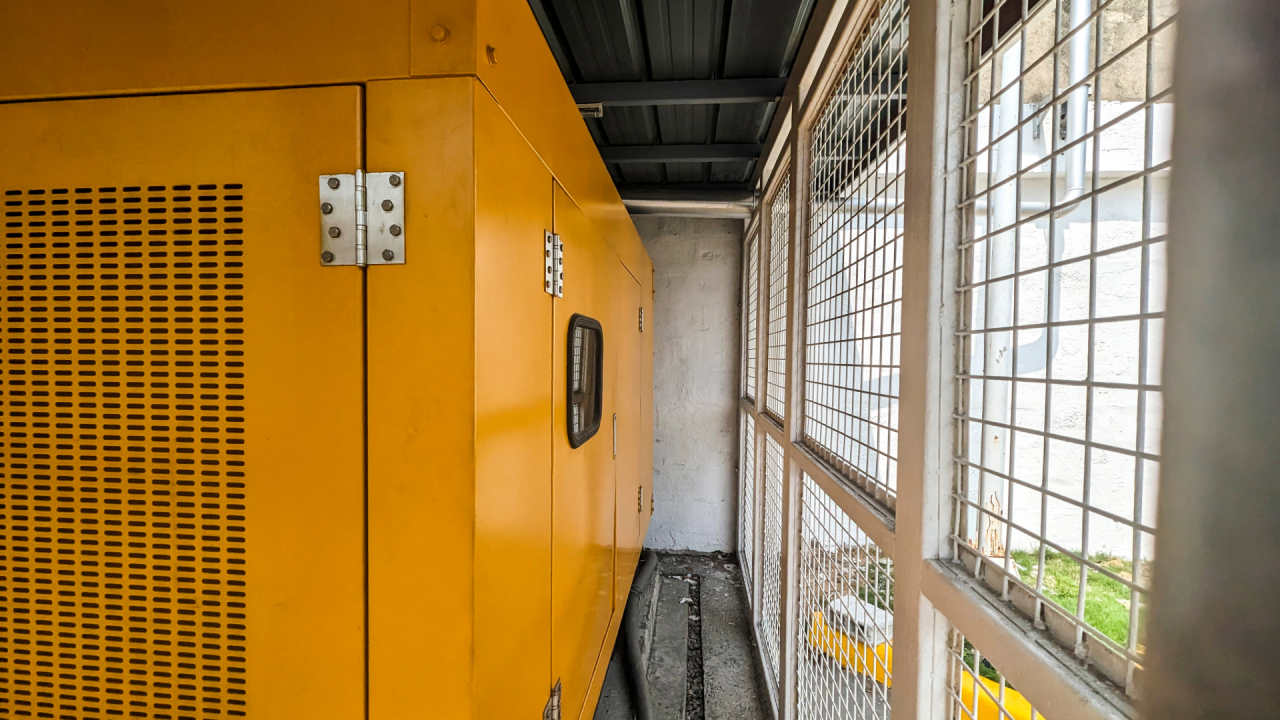In Tampa Bay, where hurricanes are a recurring threat, the absence of a backup generator can lead to dire consequences, particularly during intense storms. The reliability of electrical power is not just a matter of convenience; it’s a critical component of safety and resilience in emergencies. This article outlines why government entities, businesses, healthcare facilities, and municipal operations in Tampa Bay must prioritize the installation of backup generators to mitigate the risks posed by severe hurricanes.
Backup generators are not merely equipment; they are lifelines. In the eye of the storm, they stand as pillars of stability, ensuring that when the power grid fails, our critical systems do not.
The Hazards of Power Outages During Hurricanes
Power outages during hurricanes are not merely inconveniences; they can pose severe risks to safety, health, and economic stability. Critical systems such as heating, cooling, communication, and security can fail. For healthcare facilities, power loss can mean life-threatening situations where medical devices cease to function and temperature-sensitive medications spoil. Businesses face halted operations and revenue loss, while municipal services can experience disruptions in emergency response and water treatment, which are crucial during flooding and other storm-related emergencies.
The Role of Backup Generators
Backup generators play an indispensable role during power outages. They provide an independent power source that can keep critical systems running seamlessly. Here’s how backup generators serve various sectors during emergencies:
- Government Facilities: They ensure the continuity of government operations and emergency services, which are crucial for managing storm impacts and coordinating relief efforts.
- Businesses: For businesses, generators prevent operational disruptions, protect revenue, and maintain customer trust during crises.
- Healthcare: In healthcare settings, backup power supports life-saving equipment and maintains safe indoor environments for patients and staff.
- Municipal Services: Backup generators help maintain essential public services, including street lighting, traffic controls, and water purification, safeguarding public health and safety.
Preparing for the Worst
It is imperative to invest in backup generators, which should be viewed as essential, not optional. This proactive measure ensures preparedness and resilience. Facilities that lack adequate emergency power solutions face significantly increased operational risks and almost certain legal and ethical consequences if their lack of preparation seriously impacts health and safety.
Considerations for Implementing Backup Generators in Tampa Bay
In Tampa Bay, where the threat of hurricanes looms large each season, ensuring continuous operation during power outages is critical for safety and continuity. Implementing a robust backup generator system involves several key steps: comprehensive risk assessment, precise capacity planning, diligent maintenance, and thorough training. Each of these components plays a vital role in preparing facilities to handle the challenges posed by severe weather, ensuring that essential services can continue without interruption.
Here, we expand on these crucial aspects to provide a deeper understanding of what is required to maintain resilience in natural disasters.
[bold_timeline id=”1526″]
By expanding on these critical aspects—risk assessment, capacity planning, regular maintenance, and training—facilities in Tampa Bay can enhance their preparedness for the inevitability of power outages during severe hurricanes, safeguarding their operations and the communities they serve.
Conclusion
The reality of living in a hurricane-prone area like Tampa Bay requires robust emergency preparedness strategies. Backup generators are not just tools of convenience but fundamental components of a preparedness framework that protects lives, maintains essential services, and supports economic stability during severe weather events. For Tampa Bay, prioritizing such investments is not just wise; it’s imperative for the safety and security of its residents and the continuity of its critical functions.


